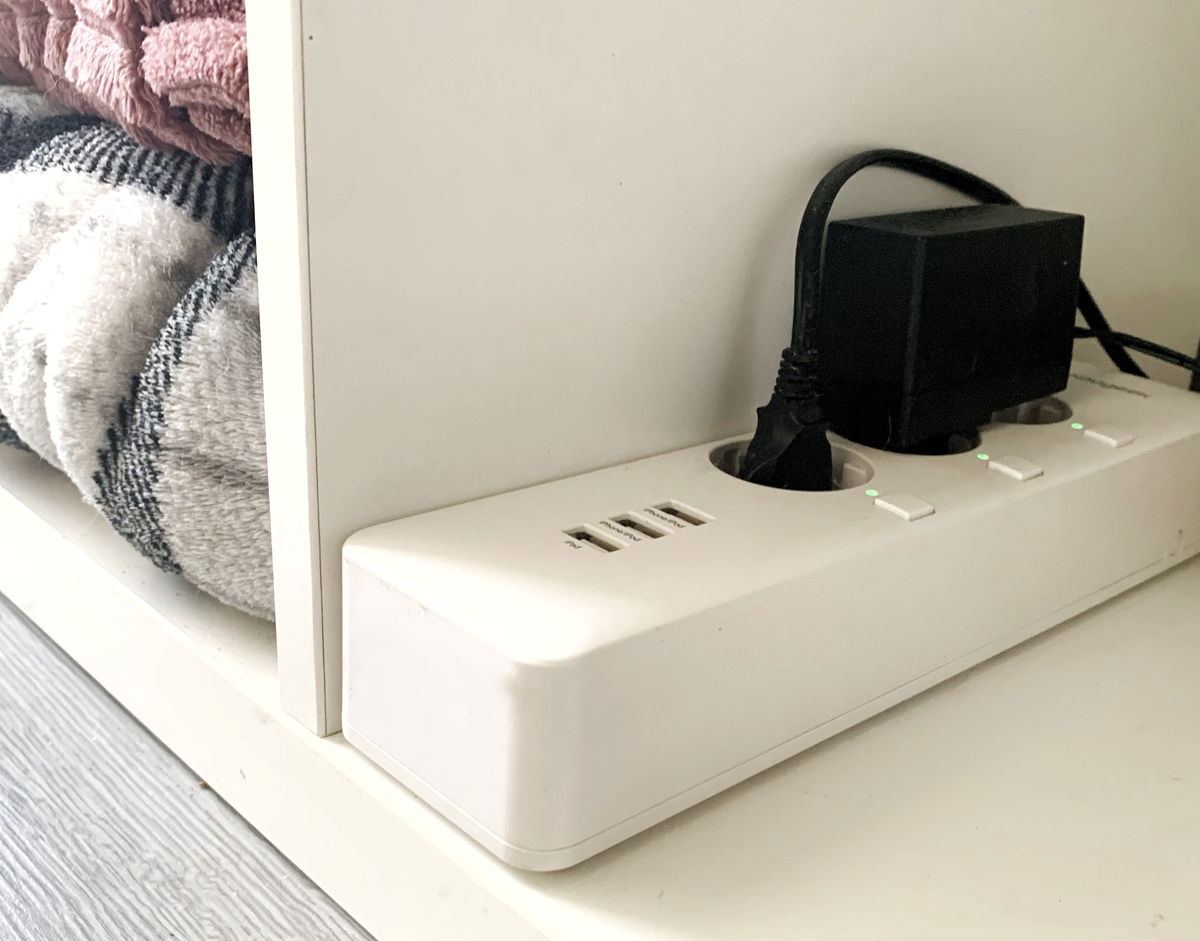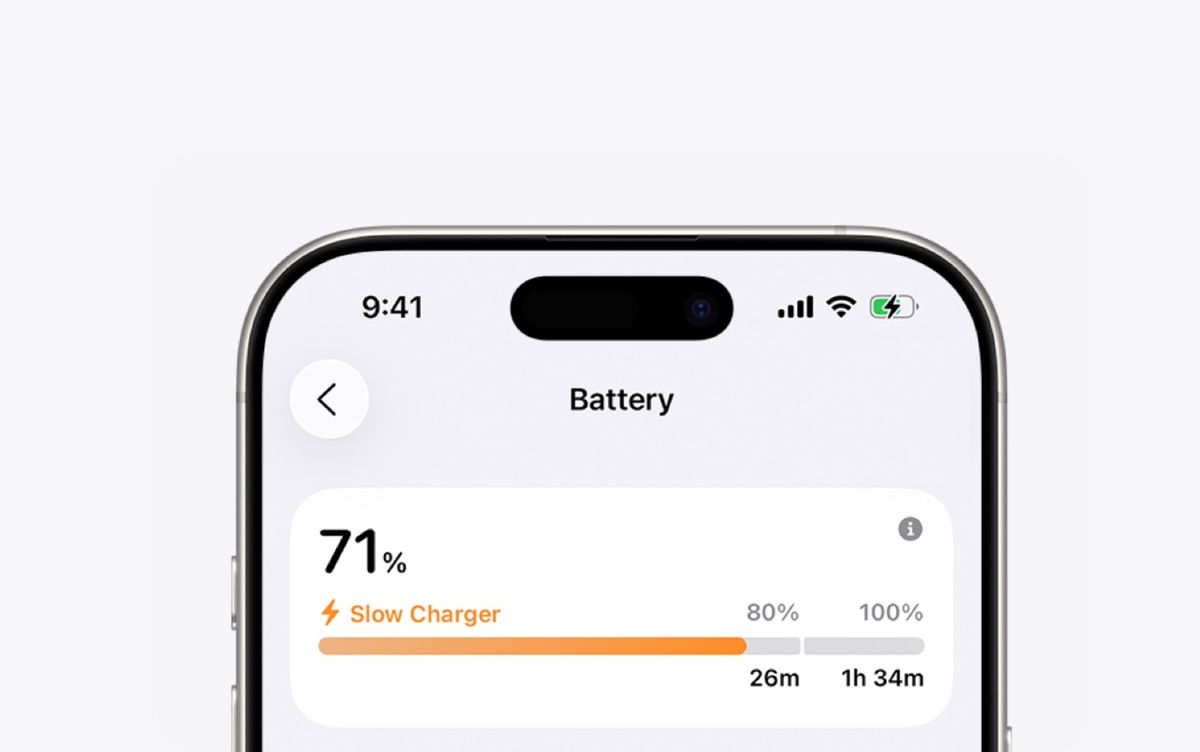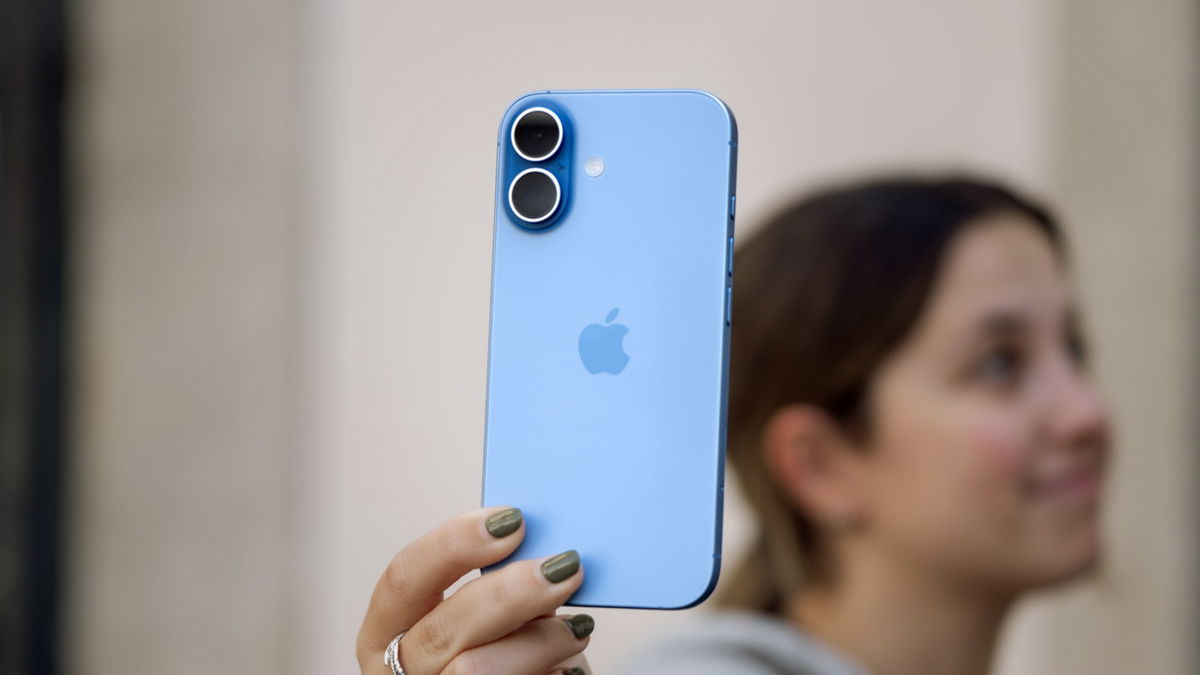April 3, 1973 Motorola engineer, Martin Cooper, rallied the press in New York for what was to be a groundbreaking statement. There, in front of the cameras of the most important media, he took out an important brick. A phone that looks like it came out of a clown costume. He raised his also exaggerated antenna and dialed a number.
On the other end of the line is Joel Engel, his colleague at AT&T. “Hello, I’m calling you from a portable phone”Cooper said.
What the triumphant Motorola engineer held in his hand was DynaTAC, a prototype that weighed 2 kg and measured 23 centimeters. He had a battery that allowed him to talk for about 30 minutes, and it took almost 10 hours to charge it. But that was the beginning He Start.
The moment from which came true 50 yearsstarted an industry that today has not only become one of the most widespread and important, but also a source of devices that, for better or for worse, have become ubiquitous in our lives.
About 1.5 billion mobile phones are sold annually.. A device created by Motorola, now aborted and owned by the Lenovo group. But this, at one time, managed to pass the giant among the telecommunications giants of that time on the right: AT&T.
Three months to build the first (real) mobile phone and make it work, after 25 years of progress
The story that takes us to Chicago and Cooper’s call to Engel, the AT&T engineer responsible for developing what was thought to be the first mobile phone, comes from afar, however.
AT&Tcompany originally founded by Graham Bell as Bell Phone, have already done a lot to make phones portable. But before the advent DynaTAC As for competitors, cell phones – since their connection is based on cells in order to be able to use their mobility – they had to be strapped to a car or rather bulky briefcase due to their weight.
In 1946, the old Bell had already launched the first mobile phone service with devices weighing more than 30 kg installed in cars. The service was only available in major cities or highway corridors and was intended for businesses, not individuals. The equipment occupied most of the trunk of the car, and subscribers called by picking up the handset and talking to the switchboard operator. In 1948, the service had 5,000 customers..
One of the main drivers behind the development of mobile wireless technology was the military’s need to communicate in the field during World War II. The SRC-536 Handie-Talkie was developed by the predecessor Motorola Corporation. and was used by the US Army during the war. The device was a two-way radio, small enough to be held in one hand, and resembled a telephone.

But early mobile phone services used a small number of large radio towers, which meant that all subscribers in a large city shared one central base station. And it didn’t seem like a good idea for Universal Mobile Service.
AT&T and Motorola engineers began work on a concept for solving this problem, but it took almost three decades in receiving it. Of course, AT&T got its first prototype before Motorola did. Although it is an act of business blindness, launching it on the market was rejected. It has been estimated that the market is unlikely to have 200,000 to 300,000 customers. Not viable for telephone operator volumes.
That’s when Martin Cooper got down to business with DynaTAC. Installed and launched in just three months. In order for it to become available to everyone – and this despite the fact that at that time it cost almost $ 4,000 – it would take another decade. Because this mobile phone, with almost 10 hours of charging needed for a half-hour call, had many more problems besides the short autonomy.
First mobile for $4,000
Let’s go back to the original call:
Joel, I’m calling you from a mobile phone, a real mobile phone, a portable, portable, real mobile phone.
Martin Cooper to his colleague and competitor at AT&T.
Cooper explained in 2013 CNN that the call was very short. “I don’t remember exactly what I said, but for a while he was very quiet. I assumed he was grinding his teeth. He was very polite and ended the conversation,” Cooper said.
While AT&T focused on business car phones, Motorola worked on lighter tools. They were inspired by a request from the Chicago police who needed a real cell phone to talk to each other while patrolling the streets.
It wasn’t until 1968 that AT&T was asked by the FCC to come up with a plan to use part of the UHF band to create a truly portable telephone. AT&T proposed using a cellular architecture to extend its services to all mobile phones.
Things got even worse when Motorola took steps to prevent AT&T from getting a monopoly on mobile telephony. It was then that Martin Cooper was commissioned to design the first real cell phone. His vision for a wireless personal device was inspired by Star Trek. and in the use of the communicator by Captain James T. Kirk.
“At that time, there weren’t even cordless phones. We had a press conference – in 1973 – I handed the phone to a young journalist and told her to call, ”Cooper recalls of that day.
He said, “Can I call my mother in Australia?” and I answered: “Of course!” And it happened… Sophisticated New Yorkers were speechless.”
Motorola executives were so excited about Cooper’s mobile phone concept that invested over $100 million between 1973 and 1983.long before any income was generated.
In 1980, Motorola created a commercial about the capabilities of personal mobile phones. This makes this brick almost elegant.
Finally, on September 21, 1983, Motorola made history by launching the world’s first mobile phone. Most of the volume of the device was the battery, which weighed four to five times more than a telephone set. Then films like american psycho or Wall Street they made it a status symbol.
The next challenge was to adapt the small existing infrastructure then used for car phones to support mobile phone calls.
Cooper testified CNN that “the challenge was to create a network with the promise at the time that we only needed three megahertz of spectrum, the equivalent of five television channels, to cover the entire world.”
From the first moving brick on smartphones
What Cooper didn’t foresee was the addition of apps and cameras, not to mention touchscreen technology. “I have to tell you that as dreamy as we are, we never imagined that all these things could be combined into one,” he commented, referring to smartphones.
Cooper, now 93, says his dream of having everyone have access to their own cell phone has surpassed his wildest dreams.
“Actually, we had a joke that in the future, when you are born, you will be assigned a phone number, and if you do not answer, you will die.” And boy yes.
Source: Hiper Textual
I’m Ben Stock, a highly experienced and passionate journalist with a career in the news industry spanning more than 10 years. I specialize in writing content for websites, including researching and interviewing sources to produce engaging articles. My current role is as an author at Gadget Onus, where I mainly cover the mobile section.














